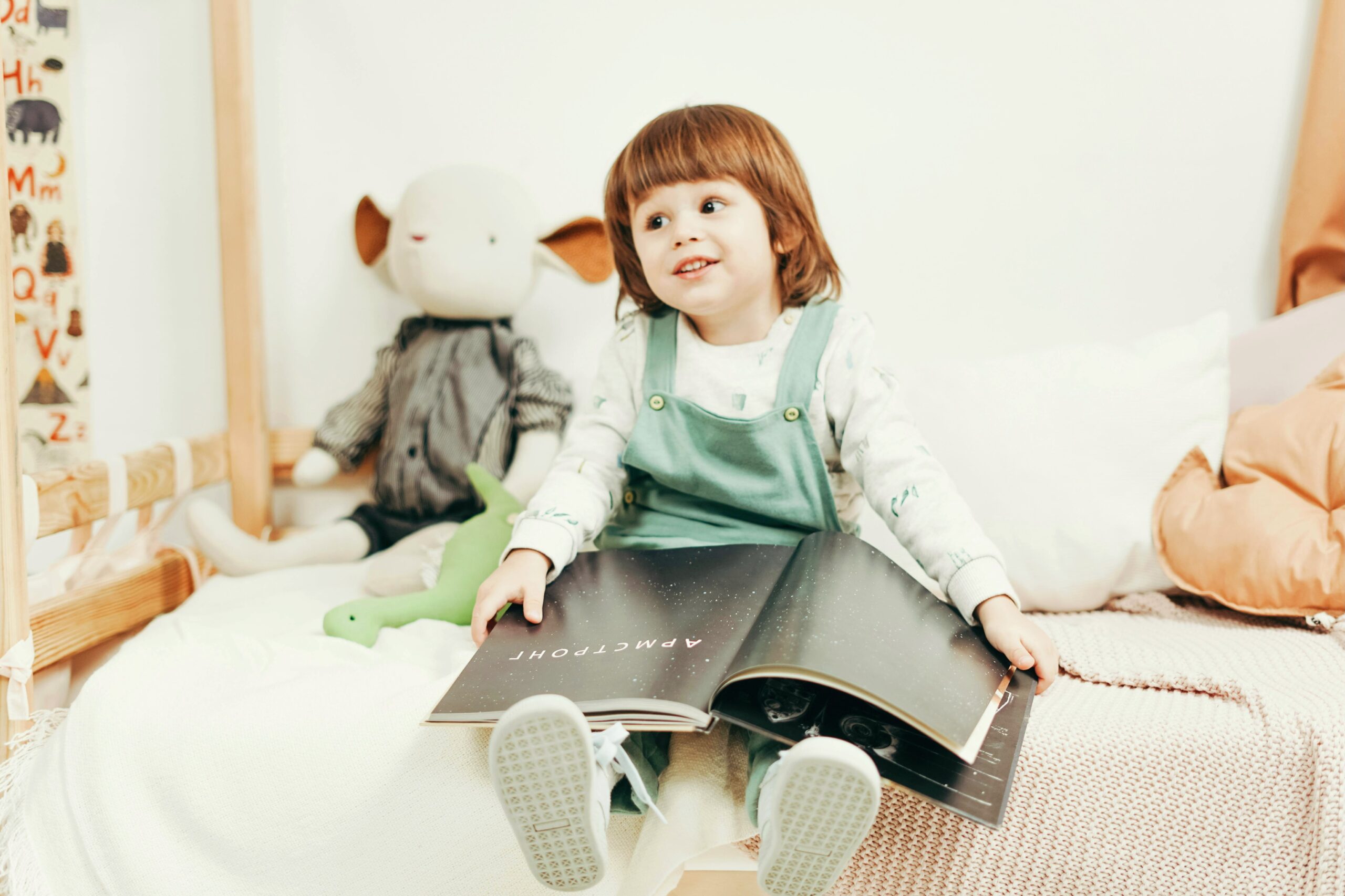Hey there, fellow parents and caregivers! Have you ever wondered about the secret sauce behind your little one’s blossoming speech? Well, buckle up because we’re about to embark on a thrilling journey exploring The Role of Sensory Toys in Speech Development.
So, picture this: your munchkin babbling away, stringing together those adorable first words, and before you know it, they’re engaging in full-blown conversations. But here’s the kicker—those magical moments aren’t just random acts of linguistic genius. Nope, they’re the result of a carefully orchestrated symphony between their developing brains and the sensory-rich environment around them.
Now, before we dive headfirst into the nitty-gritty, let’s take a moment to wrap our heads around what exactly we mean by “sensory toys” and why they’re the unsung heroes of speech development.
Understanding Sensory Play
Ah, sensory play—the holy grail of childhood exploration. But what exactly does it entail? Well, think of it as a sensory buffet where kiddos get to feast on a smorgasbord of textures, sounds, sights, smells, and tastes. From squishy playdough to tinkling wind chimes, sensory toys tantalize their senses and ignite a frenzy of neural activity.
But here’s the kicker—sensory play isn’t just child’s play. Oh no, it’s a powerhouse of cognitive, social, and emotional development, laying the groundwork for everything from motor skills to, you guessed it, speech!
Impact of Sensory Toys on Speech Development
Now, let’s cut to the chase—how exactly do these pint-sized playthings work their magic on your little one’s language skills? Well, buckle up because we’re about to spill the beans.
Encouraging Vocalization and Language Exploration
Ever noticed how your tot’s eyes light up when they shake a rattle or squeeze a squeaky toy? That’s not just sheer delight—it’s their brain firing on all cylinders, soaking in every sound and sensation like a sponge. And as they reach out to grasp, shake, and explore, they’re not just honing their fine motor skills—they’re laying the groundwork for future speech production.
Facilitating Sensory Integration and Cognitive Development
But wait, there’s more! You see, sensory play isn’t just about tickling their senses—it’s about forging crucial connections in their rapidly developing brains. As they squish, squeeze, and manipulate sensory toys, they’re not just flexing their muscles—they’re fine-tuning their sensory processing skills and sharpening their cognitive faculties.
Promoting Social Interaction and Communication Skills
But here’s the real kicker—sensory play isn’t just a solo gig. Nope, it’s a prime opportunity for your little one to flex their social muscles and engage in the fine art of turn-taking, sharing, and yes, even communication! Whether they’re passing a ball back and forth or engaging in a riveting game of peek-a-boo, sensory play lays the groundwork for future social interactions and linguistic feats.
Types of Sensory Toys for Speech Development
So, now that we’ve got the lowdown on how sensory play fuels speech development, let’s dive into the good stuff—choosing the perfect sensory toys for your budding linguist.
- Textured Toys for Tactile Stimulation
- Soft, squishy, rough, bumpy—you name it, they’ll love it!
- Think textured balls, fabric books, and sensory mats to tantalize their tactile senses and get those fingers wiggling.
- Sound-producing Toys for Auditory Stimulation
- From jingling bells to chirping birds, sound-producing toys are music to their ears.
- Opt for rattles, musical instruments, and interactive toys that encourage them to shake, tap, and explore.
- Visual Toys for Stimulating Sight and Attention
- Bright, bold, and visually stimulating—these toys are a feast for the eyes.
- Think colorful mobiles, light-up toys, and visually engaging books to captivate their attention and spark their imagination.
- Interactive Toys for Promoting Engagement and Communication
- It takes two to tango—and these toys are the perfect dance partners.
- Look for toys that encourage back-and-forth interaction, such as peek-a-boo blankets, nesting dolls, and cause-and-effect toys.
Tips for Choosing and Using Sensory Toys
But hold your horses, folks—before you go on a sensory toy shopping spree, here are a few handy tips to keep in mind:
- Consideration of Child’s Age and Developmental Stage
- What’s right for a newborn may not be a hit with a toddler, so choose toys that are age-appropriate and tailored to your child’s developmental needs.
- Importance of Safety and Durability
- Safety first, folks! Opt for toys that are sturdy, non-toxic, and free from small parts that could pose a choking hazard.
- Incorporating Sensory Toys into Daily Routines and Activities
- Who says learning can’t be fun? Integrate sensory play into everyday activities like bath time, mealtime, and outdoor adventures to keep the good times rolling.
FAQs
Q: Can sensory toys really help my child’s speech development?
A: Absolutely! Sensory toys stimulate multiple senses simultaneously, laying the groundwork for future speech and language skills.
Q: How early can I start incorporating sensory play into my child’s routine?
A: It’s never too early to start! Even newborns can benefit from simple sensory experiences like gentle touch and soothing sounds.
Q: My child has special needs. Can sensory toys still be beneficial for them?
A: Absolutely! Sensory play is incredibly versatile and can be adapted to suit children of all abilities, providing valuable opportunities for exploration and communication.
Conclusion
And there you have it, folks—the secret sauce behind unlocking your little one’s verbal brilliance! So go ahead, dive headfirst into the wonderful world of sensory play, and watch in awe as your child’s language skills soar to new heights. Remember, The Role of Sensory Toys in Speech Development isn’t just child’s play—it’s the key to unlocking a world of linguistic wonders.

